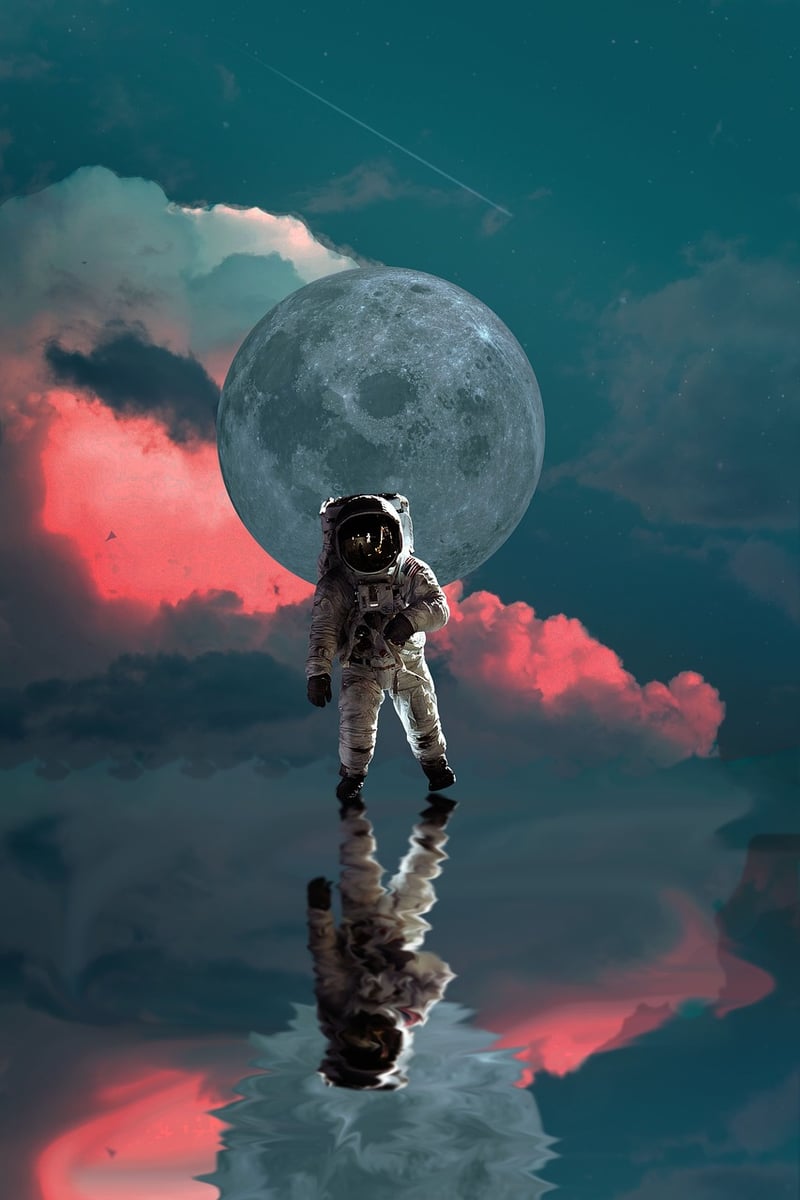Temporal Mechanics
Exploring the Mechanisms of Time Travel and Temporal Mechanics
The Concept of Time Travel
Time travel has long been a fascinating subject in science fiction, captivating the imaginations of many. The idea of journeying through time, whether to the past or future, raises intriguing questions about causality, free will, and the nature of reality.
Temporal Mechanics
Temporal mechanics refer to the theoretical principles and laws that govern the manipulation of time. Understanding these mechanics is crucial in exploring the feasibility and implications of time travel.
Types of Time Travel
- Forward Time Travel: Traveling into the future, experiencing events that have yet to occur.
- Backward Time Travel: Journeying to the past, potentially altering historical events.
- Parallel Universes: The concept of branching timelines where changes in the past create alternate realities.
Wormholes and Black Holes
One popular theoretical method of time travel involves the use of wormholes or black holes. These cosmic phenomena could potentially create shortcuts through spacetime, allowing for rapid journeys across vast distances and time periods.
The Grandfather Paradox
A classic time travel conundrum, the Grandfather Paradox raises questions about the implications of altering the past. If one were to travel back in time and prevent their grandfather from meeting their grandmother, would the time traveler cease to exist?
Temporal Causality Loops
Temporal causality loops, also known as bootstrap paradoxes, involve events that create themselves in a continuous loop. For example, a time traveler might receive information from their future self, who in turn learned it from their future self, with no original source for the information.
Conclusion
While time travel remains firmly in the realm of science fiction, exploring the mechanisms and implications of temporal mechanics offers a fascinating glimpse into the nature of time itself. Theoretical concepts like wormholes, parallel universes, and causality loops continue to inspire scientific inquiry and spark the imagination of enthusiasts worldwide.
Image source: Link to Image

